How Cycling Makes Places People-Friendly

Tibbalds
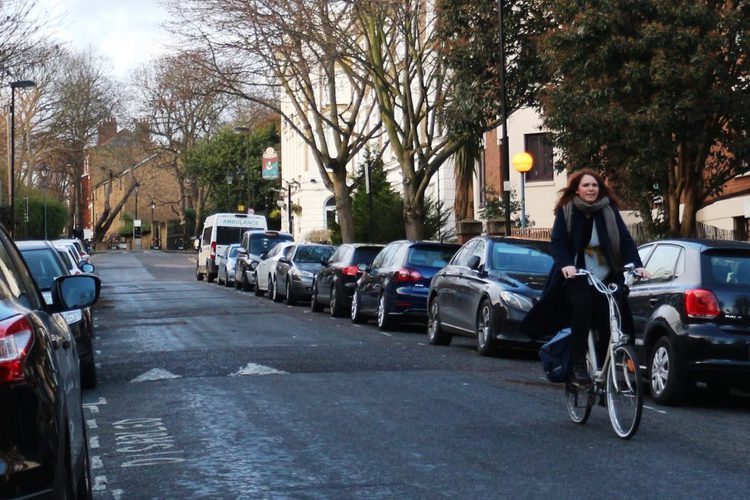
Have you ever travelled to the Netherlands and experienced the serene atmosphere of their cities and neighbourhoods? Multiple canals, lots of trees, small houses, colourful businesses, cute streets and squares full of cafe and restaurant terraces… All of these elements contribute to give Dutch cities their laid-back and friendly character. But there is another essential element to the mix! Did you guess what it is? Of course, cycling!
I am Saskia and I work at Tibbalds as an urban designer. For nearly 4 years, I live and work in London, a city that I love and that, I believe, could be even a greater place to experience. How? If everyone was able to walk and cycle in a safe, easy and friendly way, just like in the Netherlands where I lived many years. This is why I started a blog called ‘Dutch Cycling in London’ ’ where I attempt to create a bridge between the two worlds.
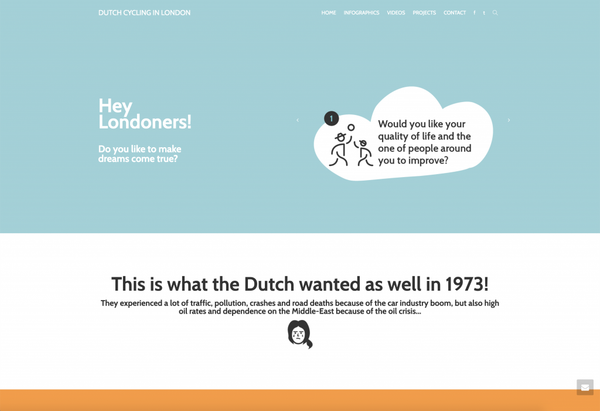
How it All Started in the Netherlands
A little bit about the history of the Dutch cycling culture that everyone thinks was born with the Netherlands all together. Cycling in the Netherlands is quite recent as it was born at the end of the 19th century after Walthamstow-born engineer Starley invented a ‘safety bike’ model that he called ‘Rover’. This type of bike was safe to use by all, compared to the Pennyfarthing one, and, perfected by many British manufacturers, was widely exported to the Netherlands. In 1895, 75% of the bikes in the Netherlands came from the UK. In England too, cycling was common and the first bike path was built in 1934.
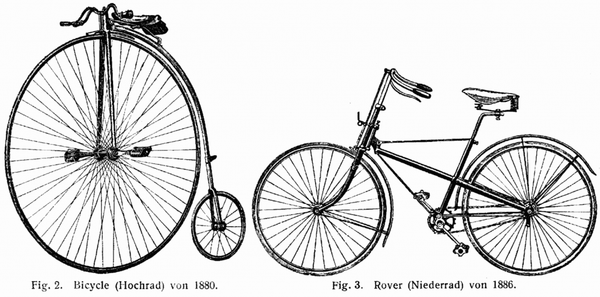
How Cycling Nearly Disappeared There Too!
Improving substantially people’s quality of life in many ways, English bikes were beloved by the Dutch. And when cars were starting to dominate the picture in the seventies, the Dutch had to fight really hard to keep cycling as main individual transport mode. Traffic, pollution, crashes, congestion, deaths, expensive oil… People thought cars were convenient but they were also causing lots of problems and damaging their cities and people too much. Heavily protesting for a year, they managed to have the government backing their concerns and starting a nation-wide programme to give space back to people in the mid-seventies. Watch videos on my blog about the Dutch cycling history.
Instead, England made all its towns and villages great places to be for motorists only – with highways, multi-storey carparks, peripheric shopping malls… While unconsciously damaging both places and people’s health, this approach was considered modern and was widely supporting the English booming car industry, and the jobs and revenues it created.
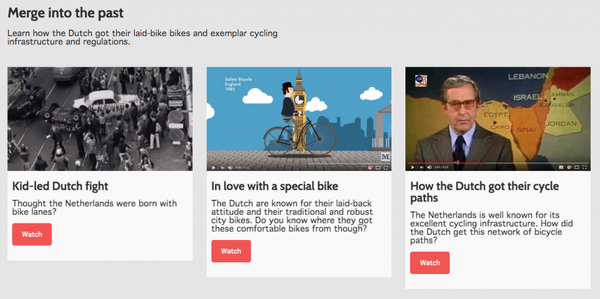
A Smart Long-Term Investment
In 2019, Dutch people-friendly places are the result of more than 40 years of work by Dutch planners, urban designers, developers and officers in making cycling, and walking, a national priority, along with accommodating smartly motorised vehicles use. While the Dutch are perfecting their standards and dealing with issues such as mass cycle parking, the UK is still going through a shy cycling renaissance. This new interest in cycling started at the begin of the 21st century, people becoming more aware of the impact of individual cars on their wellbeing and the environment. Find out more about the successful history of cycling in the Netherlands on my website. This success is possible in the UK too!
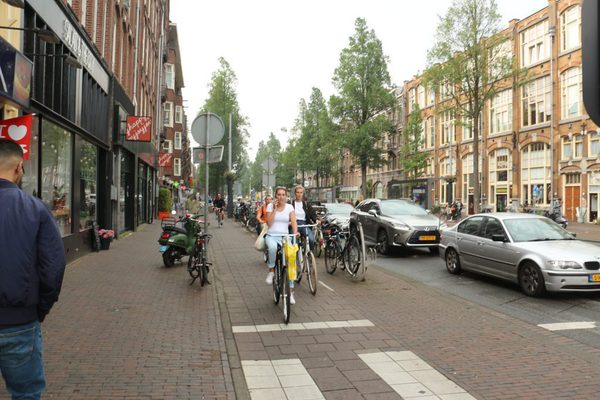
In my next blog post about the topic, I will set out why exactly, cycling makes places super people-friendly. In the meanwhile, happy cycling!
Related Updates
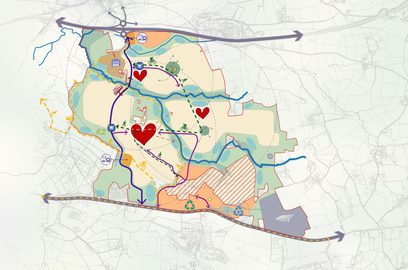
Marlcombe, East Devon selected as one of the New Towns

Tibbalds

Lizzie Le Mare attending LREF 2025

Tibbalds
Newham Council’s 50% affordable Carpenters Estate regeneration gets underway

Tibbalds
Stay In Touch
Sign up to our Newsletter
Subscribe to our newsletter to receive updates about making people friendly places.